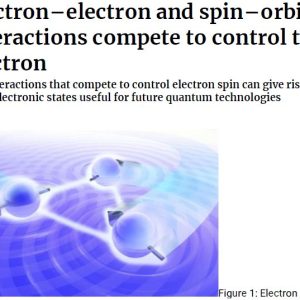
Modification of hardness and electrical conductivity of copper-titanium alloy by high-energy electron beam irradiation
₩4,000
We performed 1.5 MeV electron–irradiation at 333 K and 533 K for Cu–4.2 atÿ Ti alloy with a single phase of super–saturated solid solution, and
investigated the irradiation–induced changes in Vickers hardness and electrical conductivity. With increasing the electron fluence, both of the hardness and
the electrical conductivity increase. Such phenomena can be ascribed to the formation of Ti–rich precipitates that are caused by irradiation–enhanced
diffusion of Ti atoms. The increase in electrical conductivity is caused by the reduction of Ti content in Cu matrix because of the formation of Ti–rich
precipitates. The increase in hardness is also caused by Ti–rich precipitates that are effective obstacles against the motions of dislocations. We found a
clear correlation between the irradiation–induced change in the hardness, ÿHv and change in electrical resistivity, ÿÿ, or that in electrical conductivity, ÿÿ,
as Hv / ffiffiffiffiffiffiffiffiffiffi p , = p , irrespective of irradiation temperatures. ffiffiffiffiffiffiffiffiffiffiffi or Hv / This correlation suggests that the precipitate–cutting mechanism governs the irradiation–induced increase in hardness; that is, 1.5 MeV electron– irradiation at
relatively low temperatures of 333 K to 533 K should promote the nucleation of fine Ti–rich precipitates preferentially rather than the growth of them. The present
result shows that energetic electron irradiation is a good tool to improve the mechanical and electrical properties of Cu–Ti alloys





상품평
아직 상품평이 없습니다.